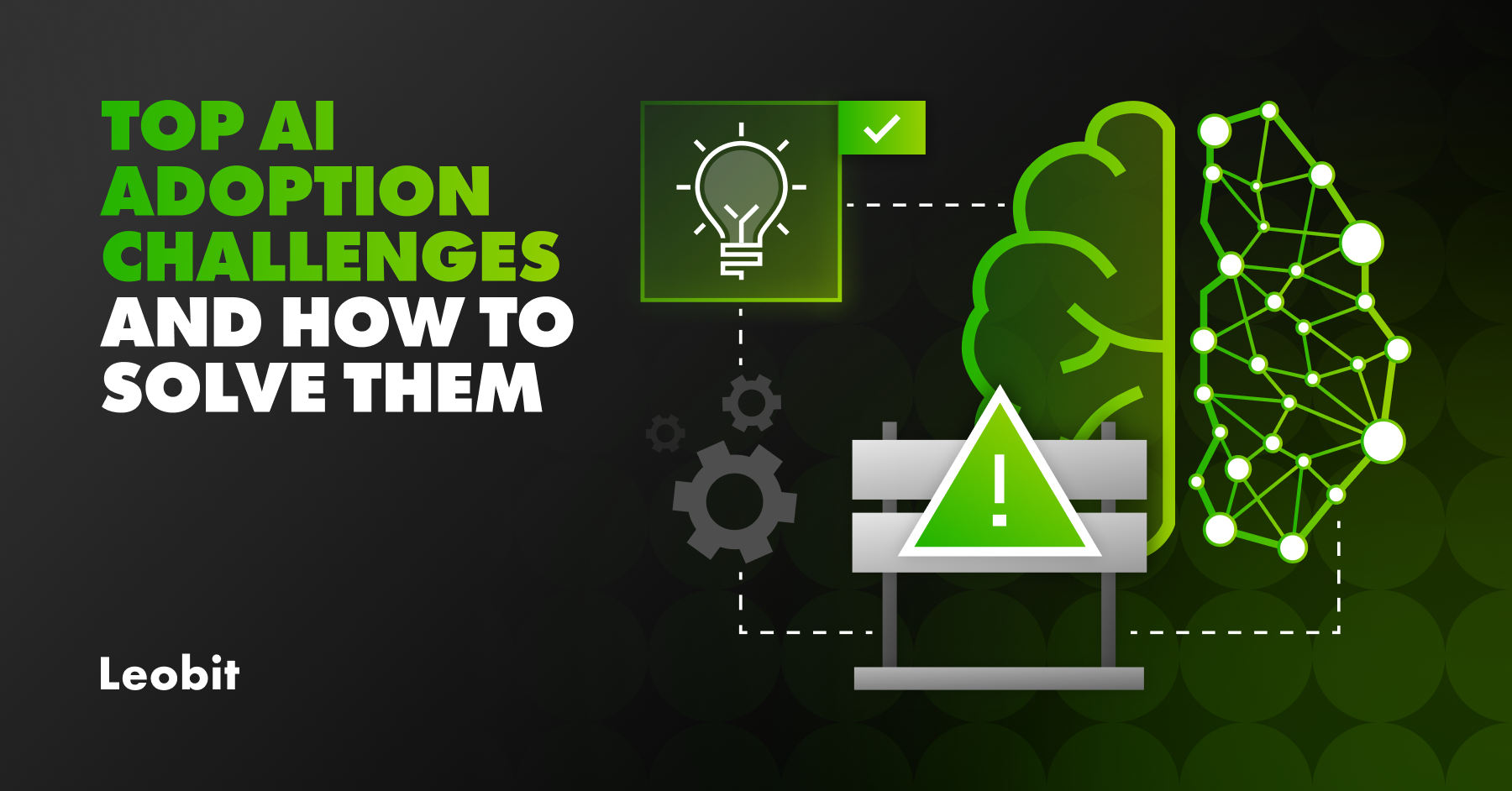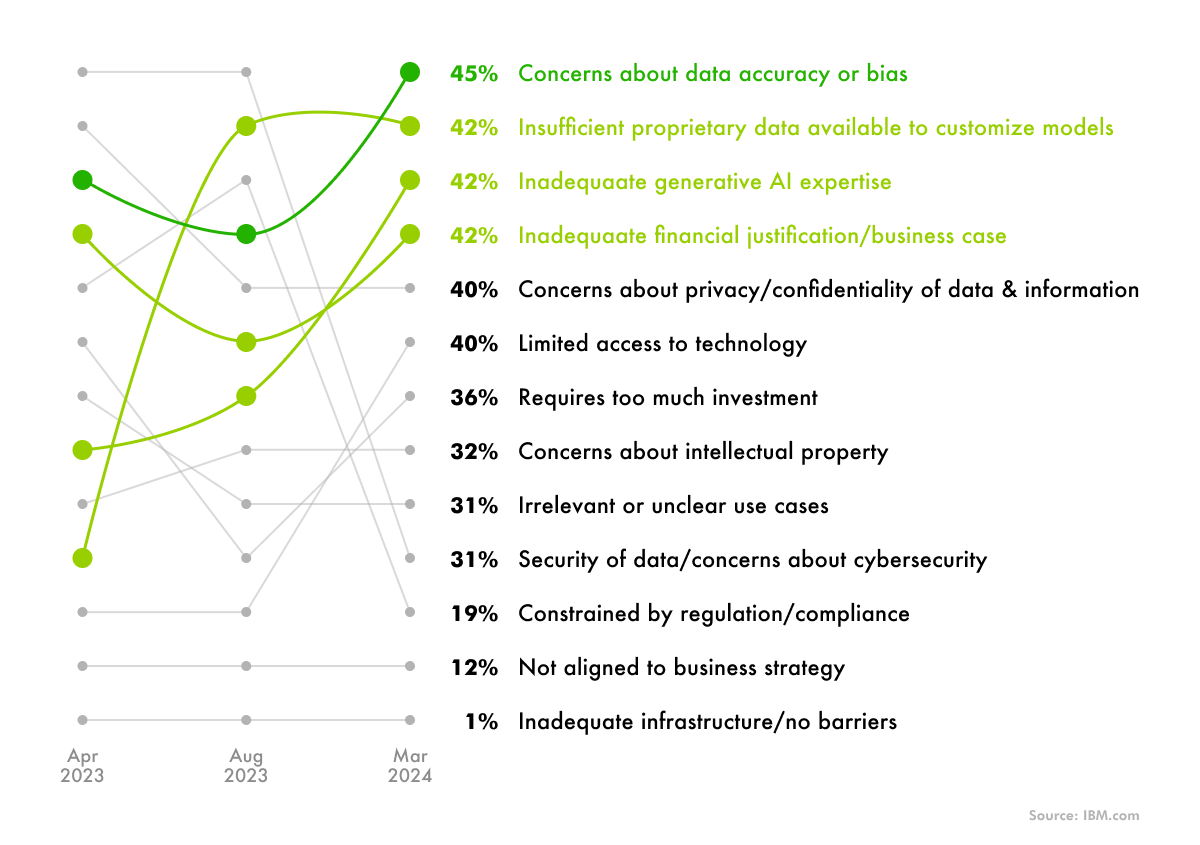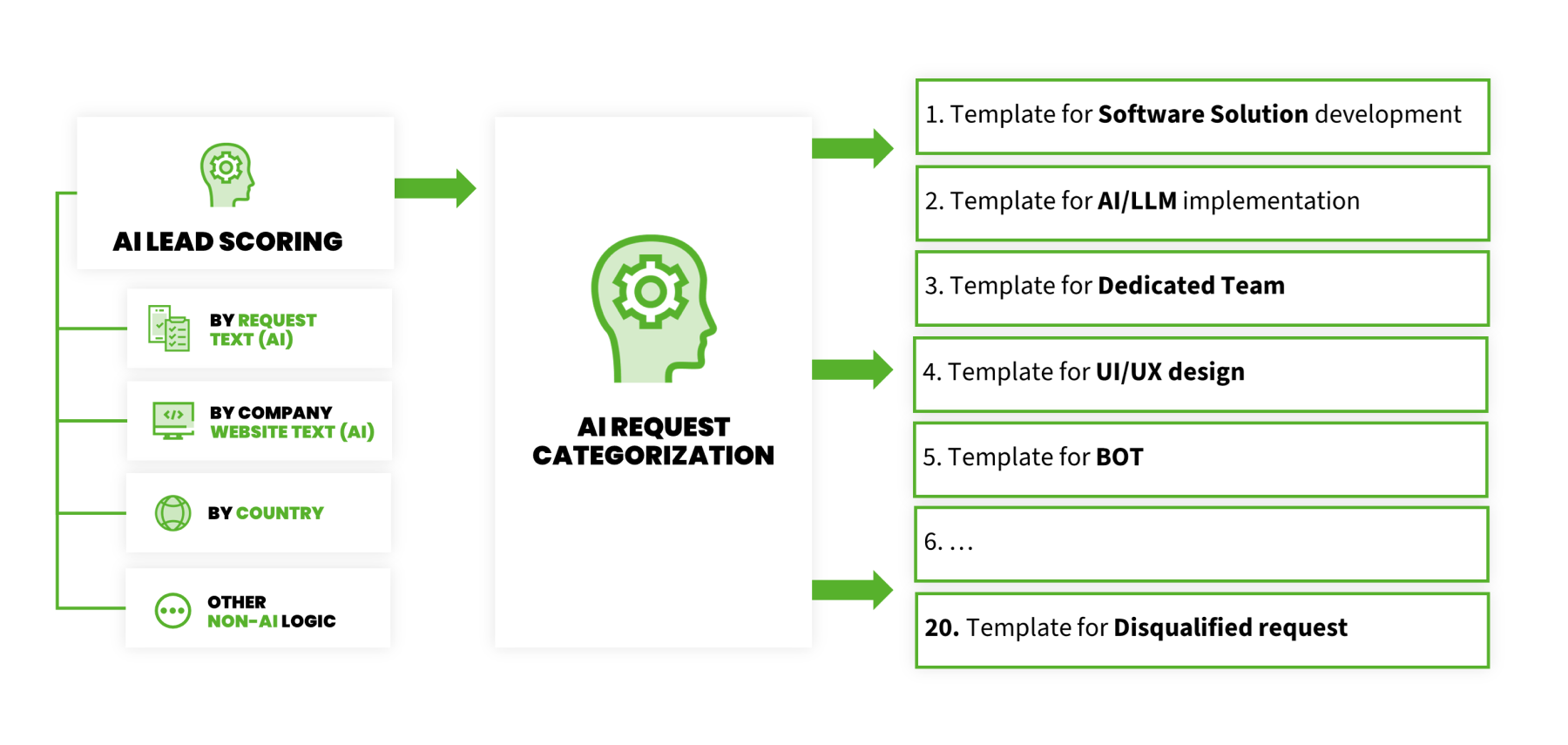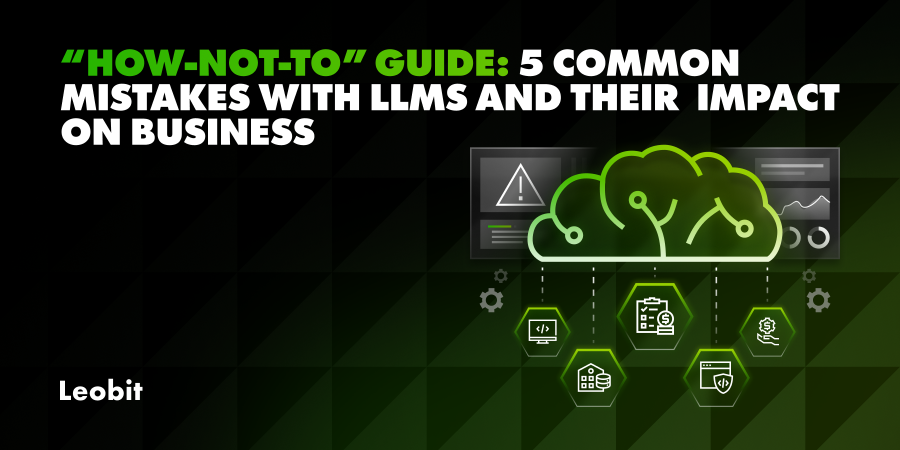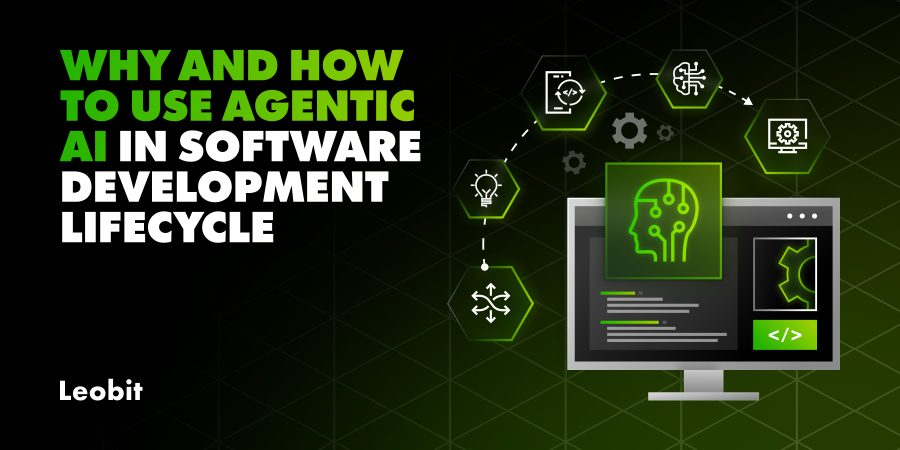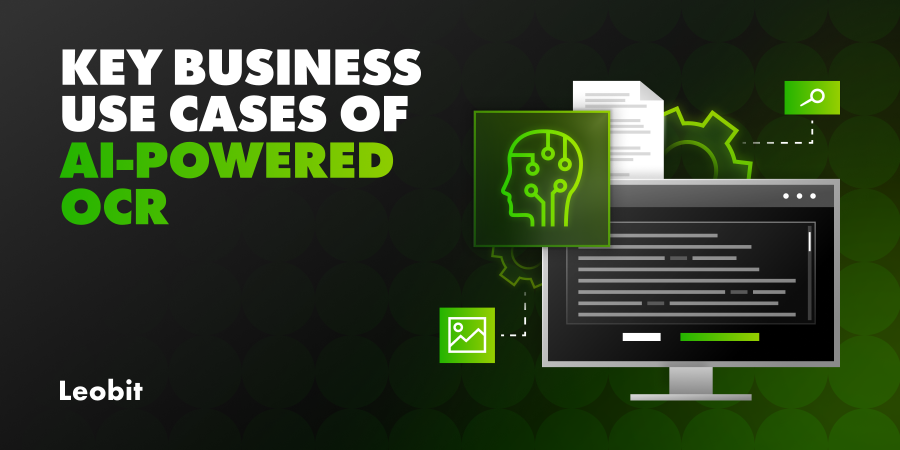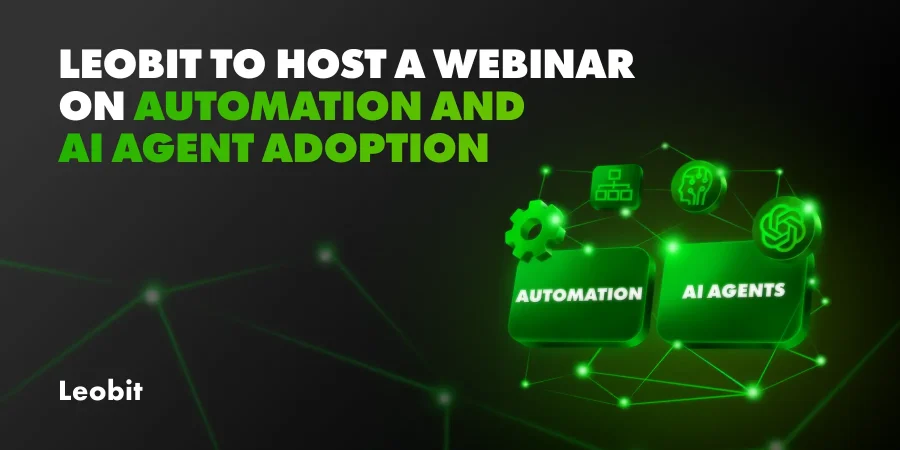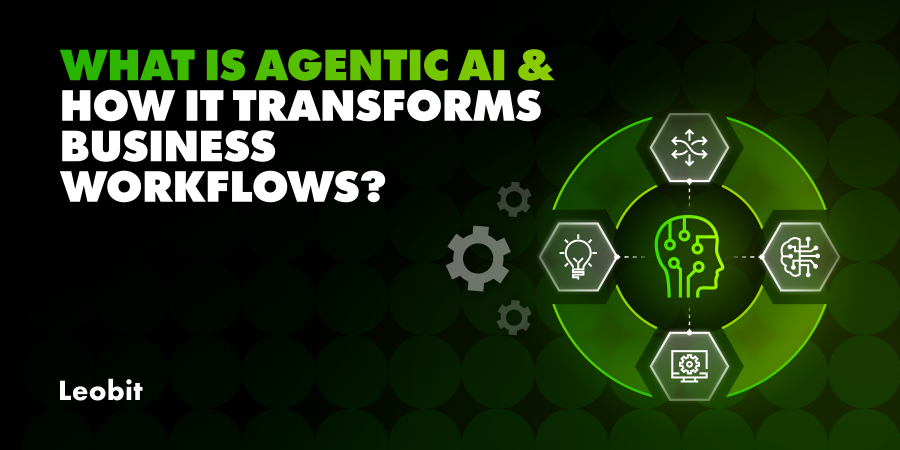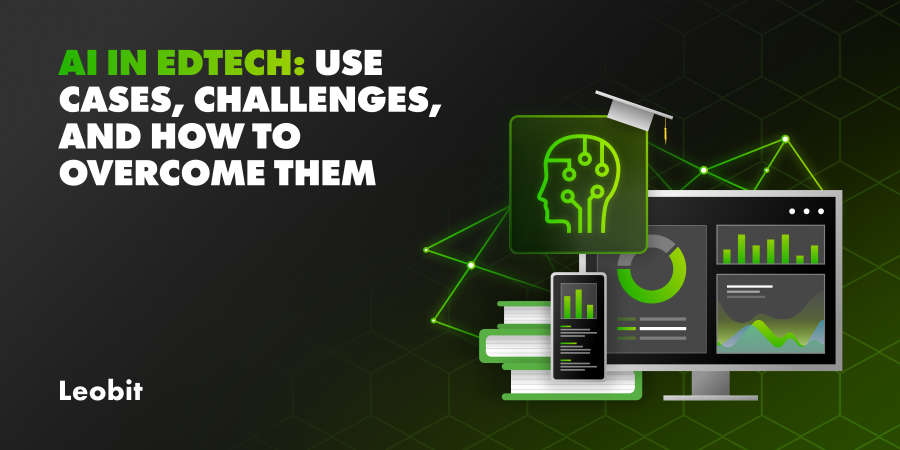This problem is reported by 42% of business executives as one of the major AI adoption challenges. Many AI models are pre-trained on general-purpose datasets, but this knowledge is often not sufficient to handle industry-specific tasks.
Consider a logistics company that uses a general-purpose large language model for customer communication. In this scenario, the LLM-powered AI agent will likely provide generic responses with basic logistics information, rather than offer accurate, company-specific details about transportation options, routes, policies, or associated fees.
Overall, without accessing high-quality internal data, such as custom behavior logs, product and service documents, or operational records, companies struggle with:
- Fine-tuning models to reflect company-specific context
- Building AI systems that understand company-specific terminology
- Delivering accurate, relevant, and trustworthy responses to customers.
Solution:
To deal with such an AI implementation issue, create a curated knowledge base to power AI tools. Here it goes about small but high-quality datasets that include well-labeled, relevant, and diverse data. However, due to their limited size, these datasets may also constrain the model’s output capabilities.
Start by building a curated knowledge base and keep enhancing your dataset with the following practices:
- Generate synthetic data that supplements real-world examples. By applying artificial information that mimics real-world data, AI development teams can scale and fill the gaps in small company datasets.
- Use pre-trained models instead of training models from scratch. Pre-trained models help AI developers cover common tasks, which allows them to focus on more specific and complex workflows.
- Apply retrieval-augmented generation (RAG) instead of fine-tuning. This allows you to enhance your model’s ability to provide responses based on external knowledge without altering the entire model.
Such practices can effectively compensate for the lack of proprietary data needed to support your company-specific dataset and operations.


